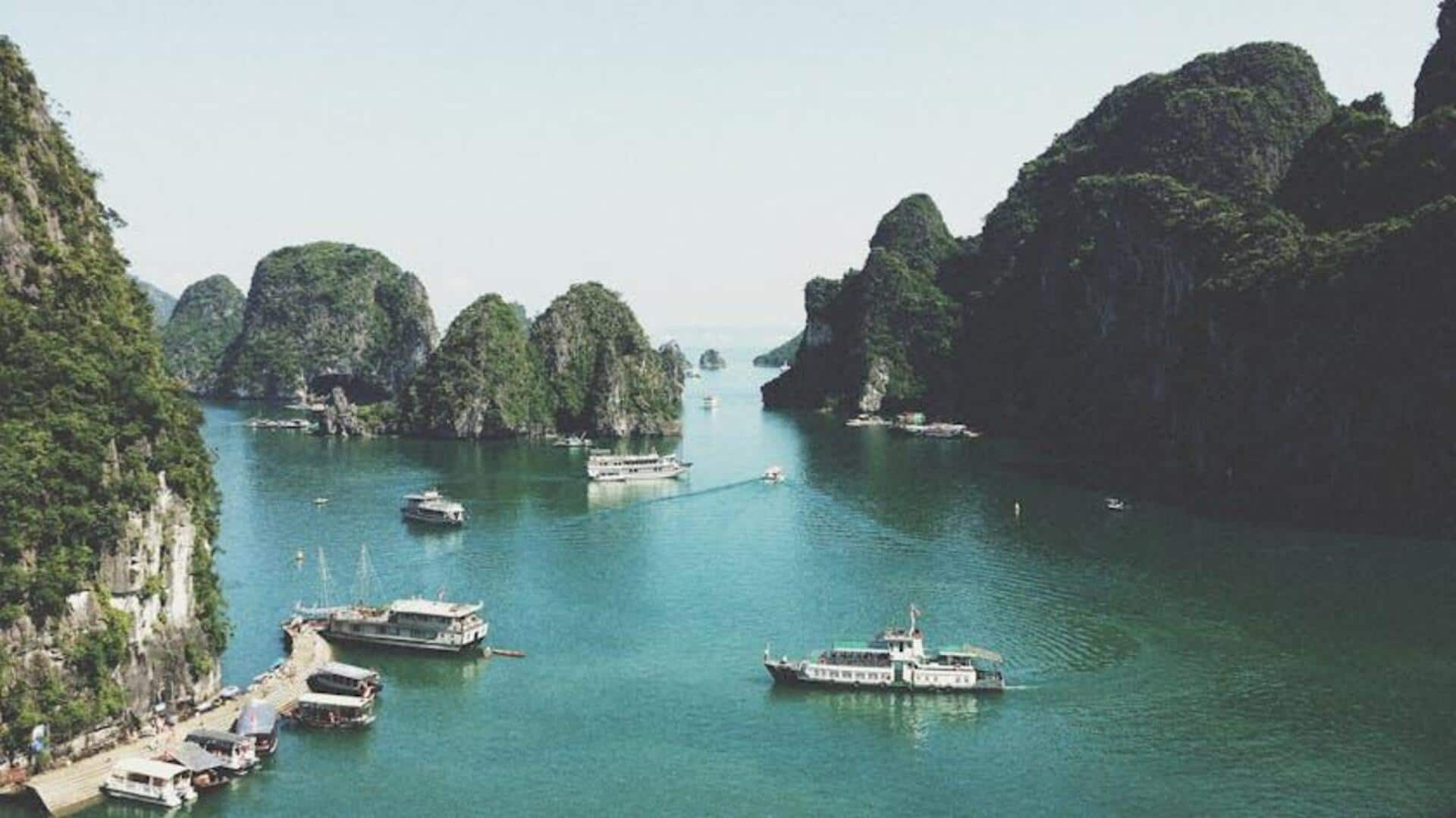
Visiting Vietnam? Head over to these places
What's the story
Vietnam, with its stunning natural beauty and cultural richness, makes a perfect eco-tourism destination. From lush forests to serene beaches, the country has many hidden green gems waiting to be discovered. Eco-tours in Vietnam allow travelers to witness its diverse ecosystems, while also encouraging sustainable travel practices. Here are some of the most beautiful eco-tourism spots in Vietnam and why you should check them out.
National Park
Explore Cuc Phuong National Park
Vietnam's oldest national park and a biodiversity haven, Cuc Phuong National Park is located in Ninh Binh Province. Spread across 222+ square kilometers, the park hosts thousands of plant and hundreds of animal species. You could take guided tours through dense forests, discover ancient caves, and learn about conservation efforts at the Endangered Primate Rescue Center. You can also go bird watching and hike scenic trails.
Island adventure
Discover Cat Ba Island's natural wonders
Part of an archipelago in Ha Long Bay, Cat Ba Island is famous for its breathtaking scenery and abundant marine life. The island is home to Cat Ba National Park, which encompasses both land and sea areas, hosting diverse flora and fauna. Travelers can discover limestone karsts, hike through tropical forests, or kayak around Lan Ha Bay's emerald waters. The island also encourages sustainable tourism initiatives to preserve its beauty.
Mountain trekking
Trek through Sapa's terraced fields
Sapa is famous for its stunning terraced rice fields which flow down the mountainside like humongous staircases. Located in northern Vietnam near the Chinese border, Sapa is an ideal spot for trekking through beautiful valleys interspersed with ethnic minority villages such as Hmong or Dao communities. They lead traditional lifestyles even as modernity encroaches on their lands.
Cave exploration
Experience Phong Nha-Ke Bang caves
Phong Nha-Ke Bang National Park is home to some of Asia's most spectacular caves, including Son Doong Cave. It is one of the many others in this UNESCO World Heritage Site. While they are known the world over, these caves are not only visually spectacular but also scientifically important. Their geological formations date back millions of years, to when dinosaurs walked the Earth.